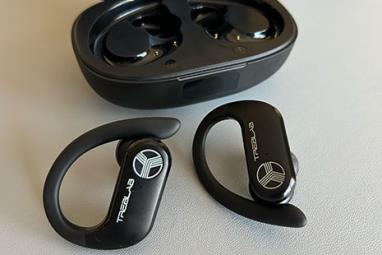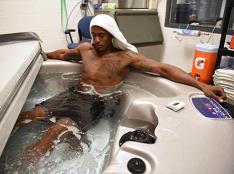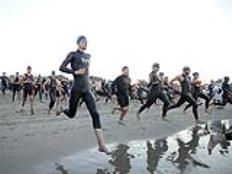Tip No. 6: Calibrate your eyeballs.
Some athletes have reputations of measuring or weighing food all the time. While this works for them, constantly measuring and weighing food would drive other people crazy. If you are an athlete that does not like to weigh and measure meals and you find you are gaining or losing weight when you don't intend to, calibrate your eyeballs every once and awhile.
What I mean by this is if, when serving yourself one cup of a particular food, you actually put 1.5 cups on your plate, your eyeballs need calibration.
Measure and weigh your food portions for three to seven days to get your eyeballs calibrated and then stop. Know that you may need to recalibrate from time to time.
Tip No. 7: Eat for the weight you want to be.
Here is where the life-long strategy comes into effect. If you currently weigh 160 pounds but you want to weigh 140, eat as though you are currently at 140 pounds using the formulas in tip No. 4. What this does is establish the healthy eating habits it takes to maintain your lean, mean, racing machine over the long haul.
It will take time, but eventually you will reduce your weight from 160 to 140 and keep it there.
Tip No. 8: Monitor your daily account balance, but be accountable for weekly performance.
There are going to be some days you eat more than you need to for one reason or another. There are also going to be days where you exercise more and expend more calories than you burn. Eating 200 calories too many on one day is no big deal if you expend an extra 200 within the next couple of days.
Tip No. 9: Plan to weigh three to eight pounds more in the winter.
Some athletes drive themselves crazy trying to maintain race weight in the winter, when they are exercising less. While you shouldn't go wild eating like a bear planning to hibernate all winter, don't stress about a few pounds more in the off season.
Tip No. 10: Nutrition and exercise are choices. Choose to be healthy and fit.
You don't have to be a racer to have a lean, mean machine of a body. And you don't have to be a sedentary person.
Eating healthy foods, enjoying treats and exercising a body that was meant to move are personal choices. Make choices that serve your long-term vision for yourself.
Tip No. 11: Monitor health, weight, and performance and anticipate changing something when your benchmark measures do not meet your goals.
It is the case for most people that you will need, and want, to make changes to your nutrition plan from time to time. Monitor your overall health status annually, your weight weekly and your athletic stats to decide when to make changes. Give your body at least two weeks for the changes to have a measurable effect.
READ THIS NEXT: 6 Eating Habits that Sabotage Your Cycling
- 2
- of
- 2









Discuss This Article